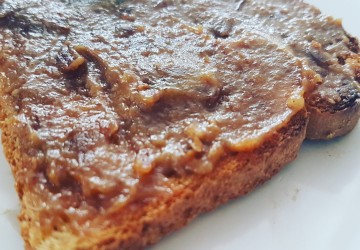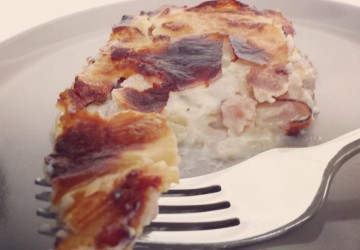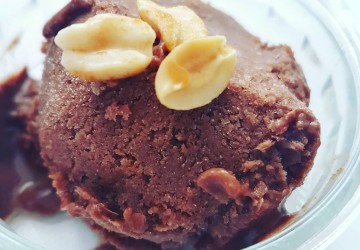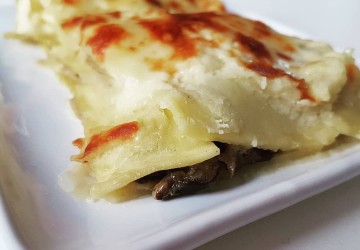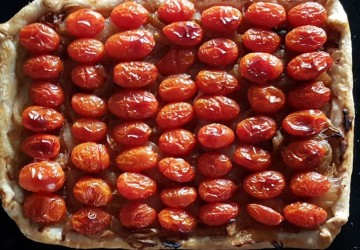Explorer les recettes
Découvrez des recettes librement ou avec des filtres de thématiques et restrictions alimentaires.
301 résultats
L'accès à cet outil est gratuit pour tous, avec ou sans compte.
- 1
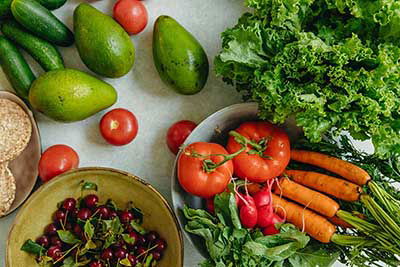

Glouton en mode turbo
Débloquez toutes les fonctionnalités et profitez de Glouton sans publicité. Essayez gratuitement pour 14 jours, aucune carte de crédit n'est requise.

